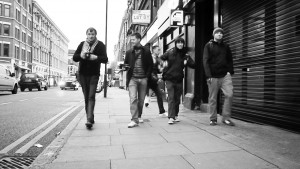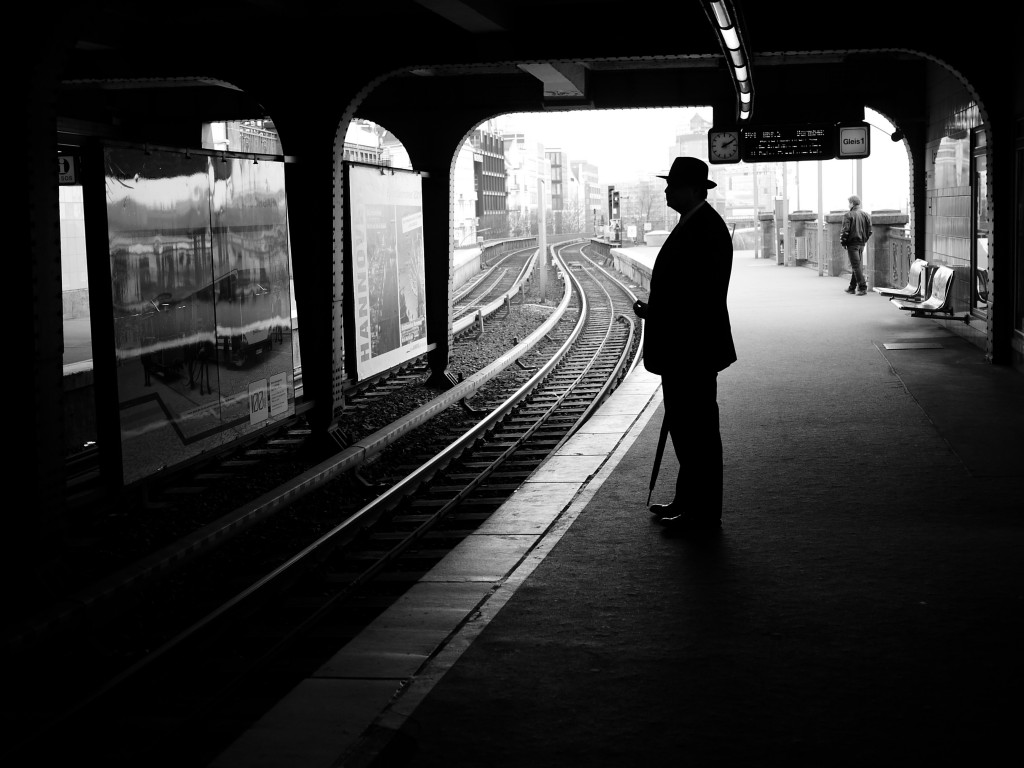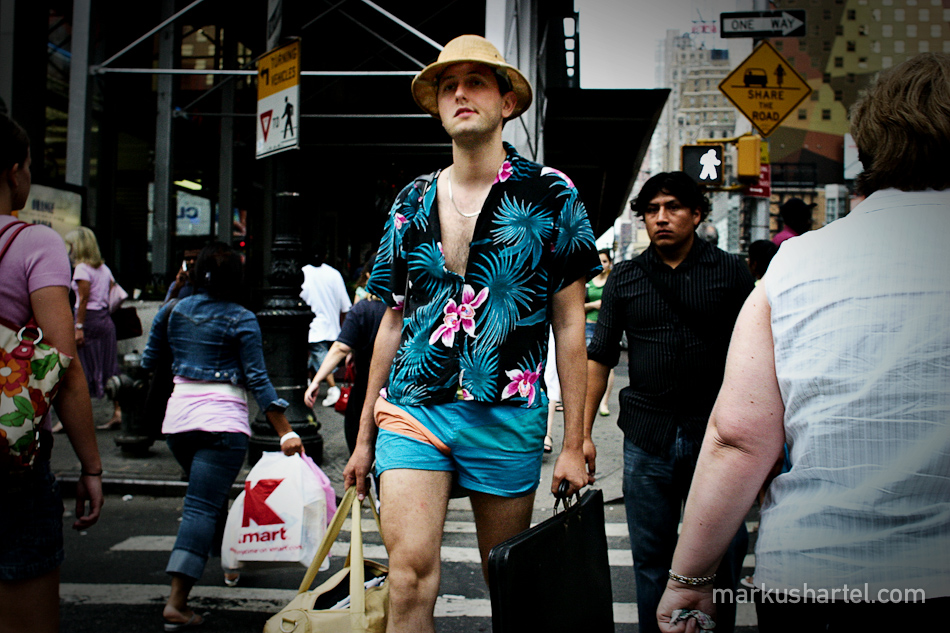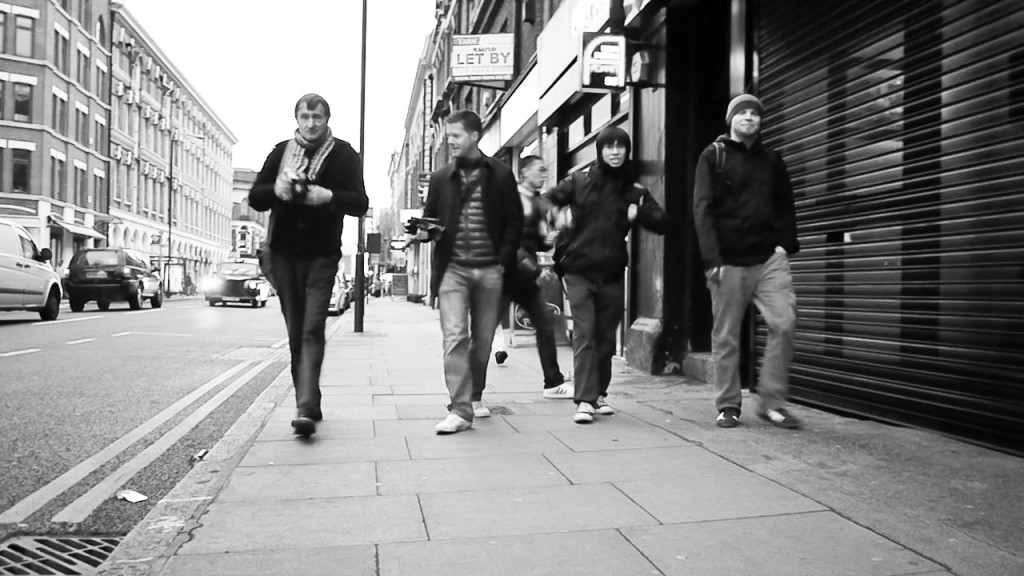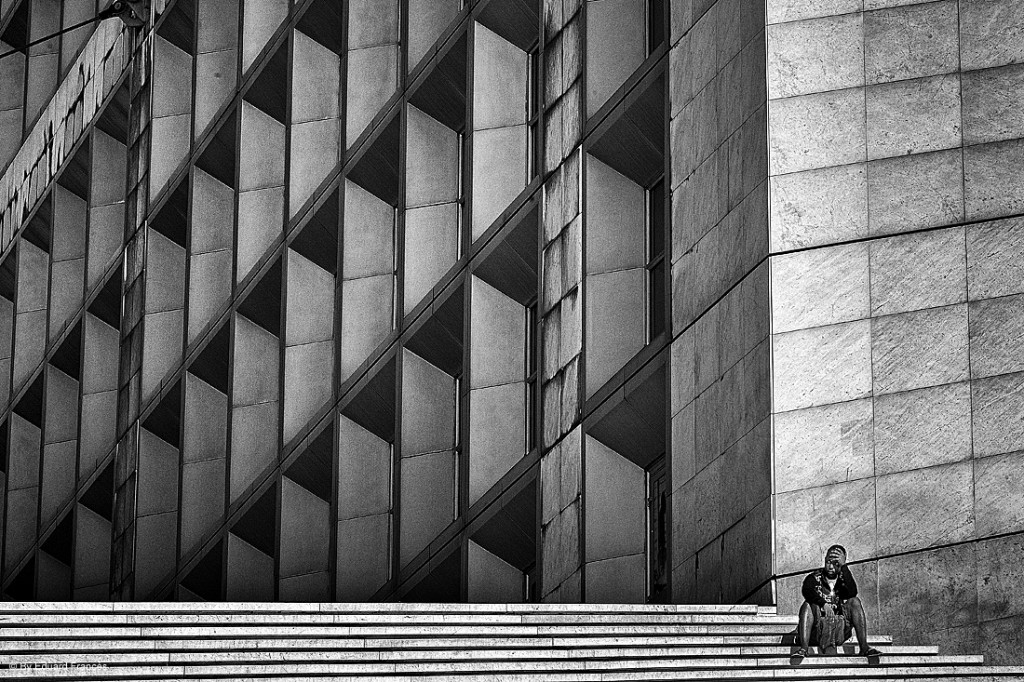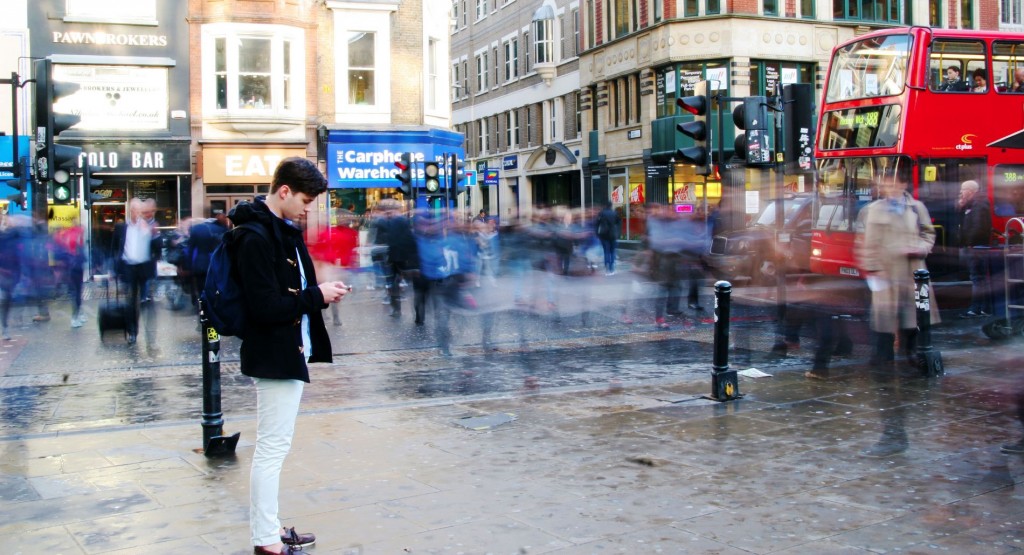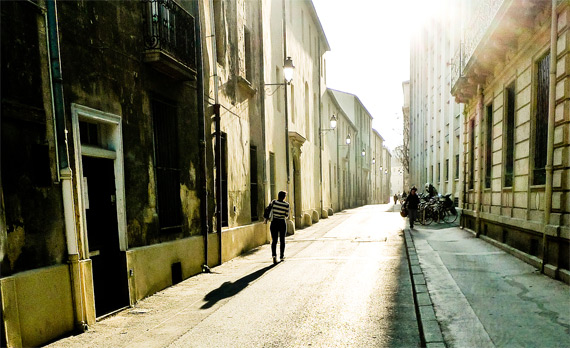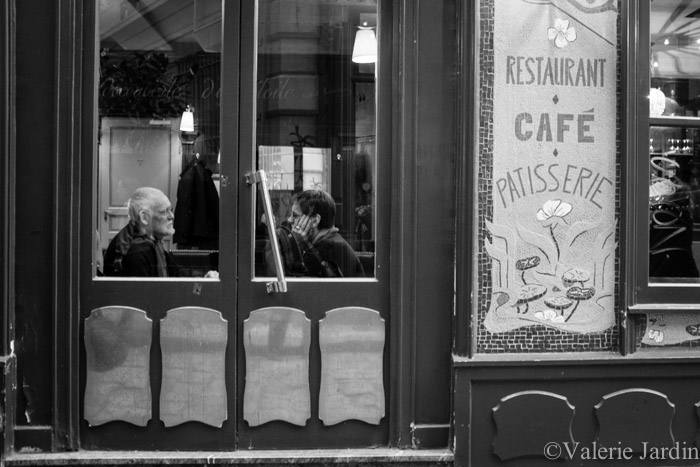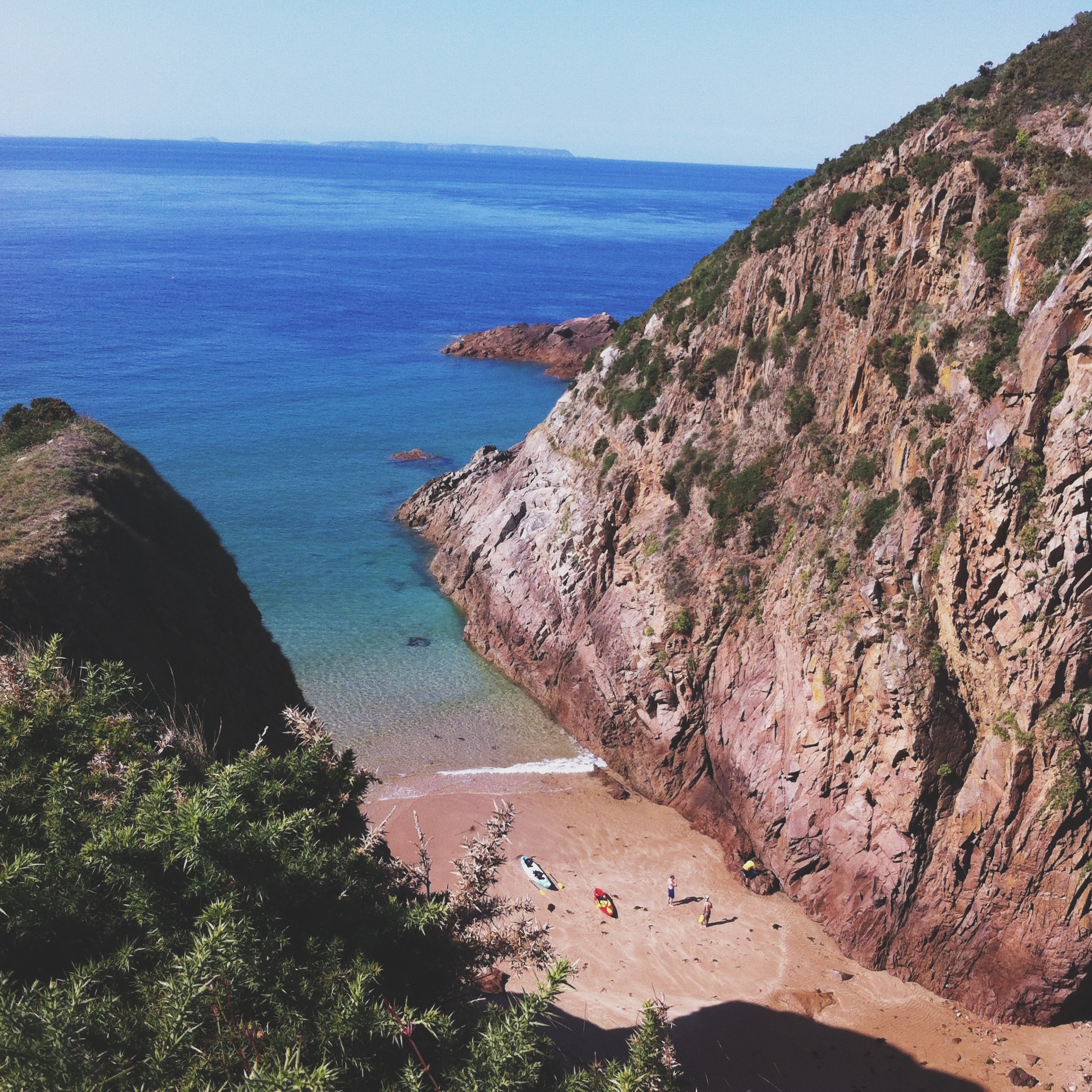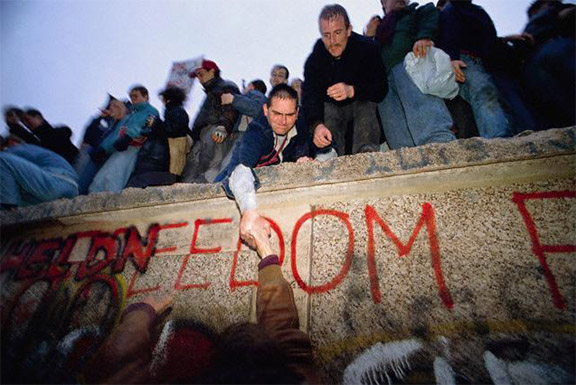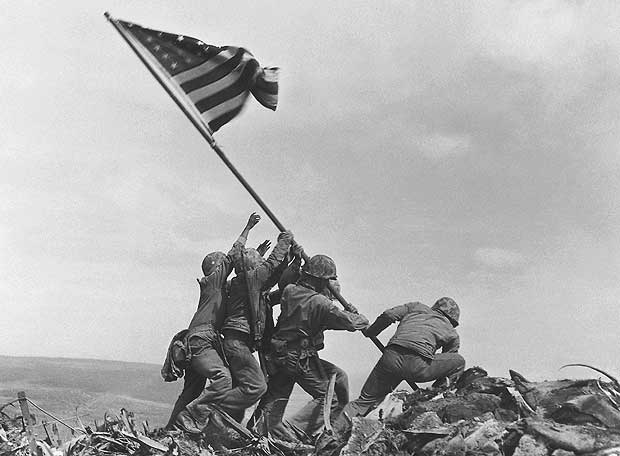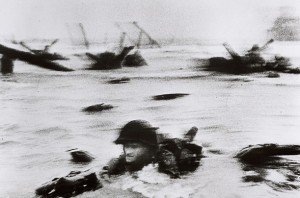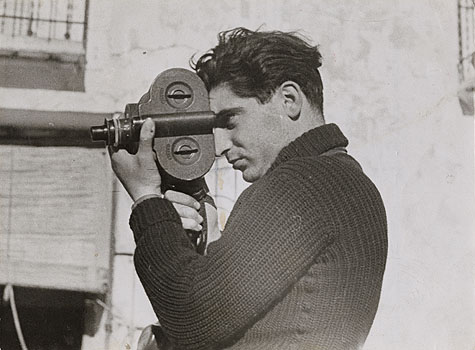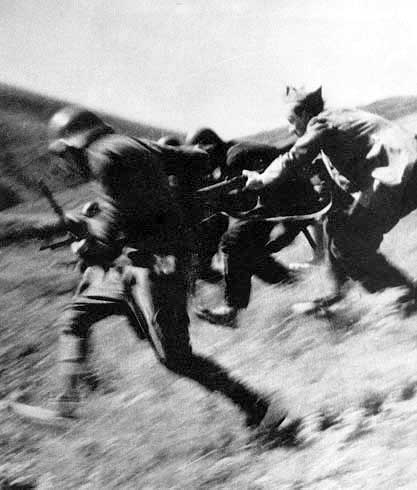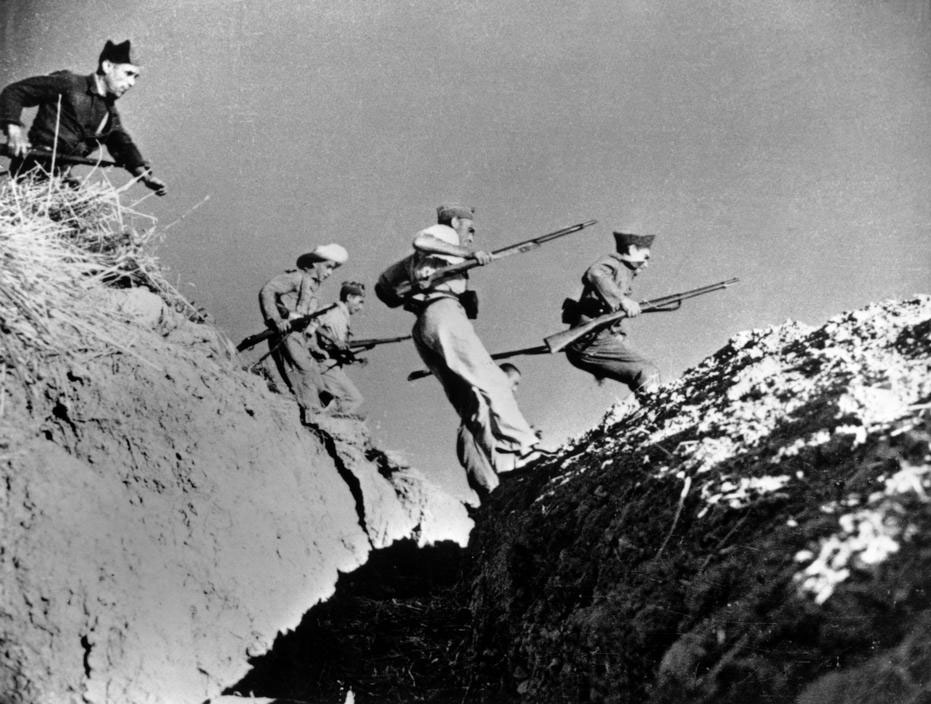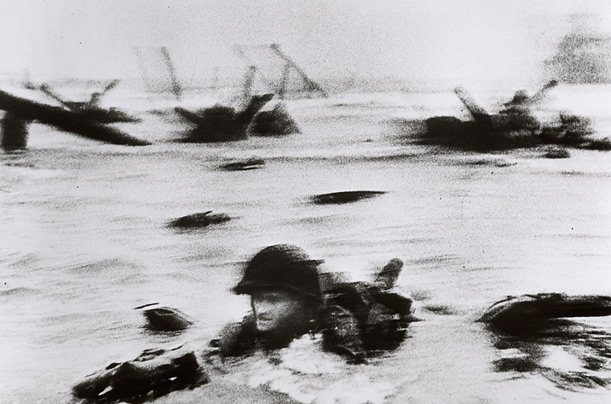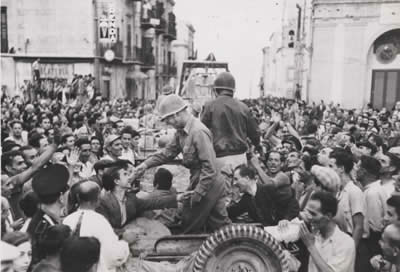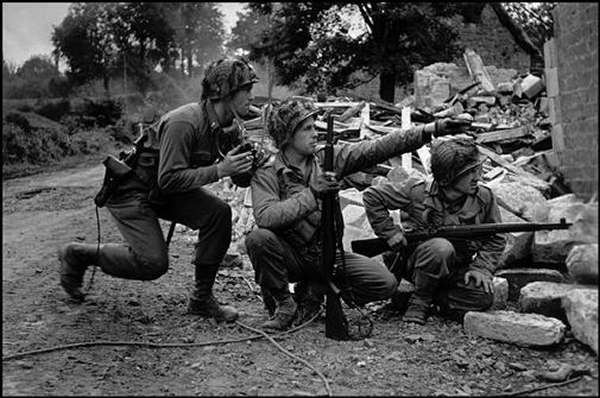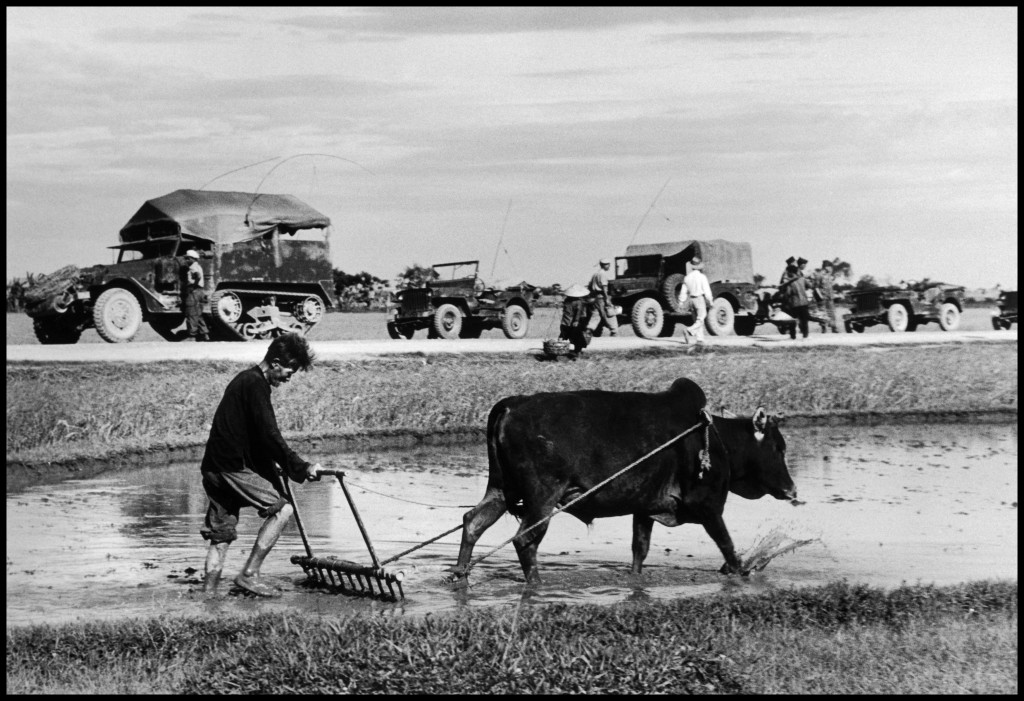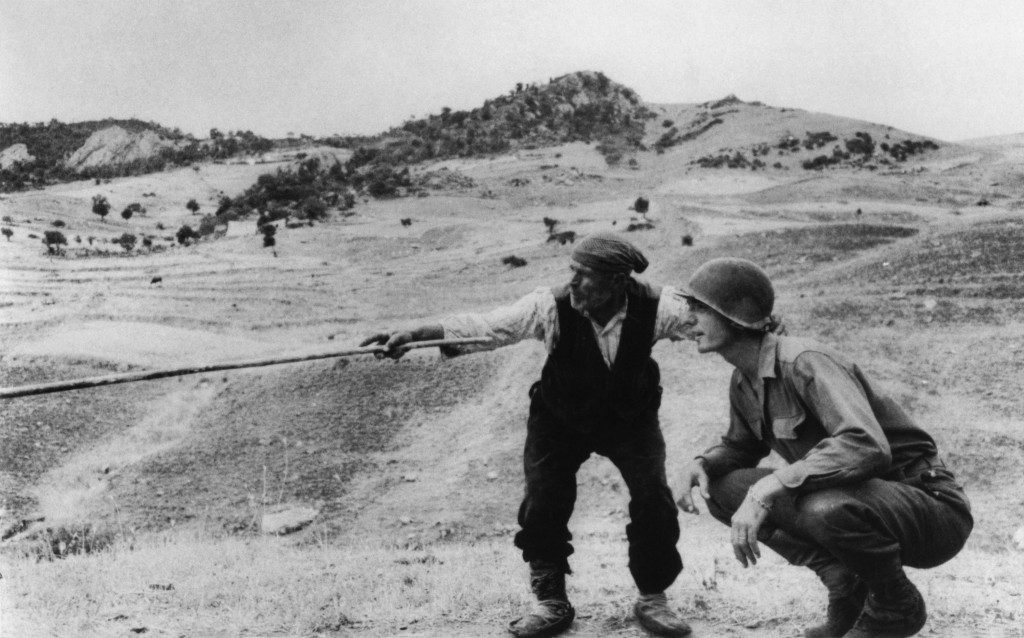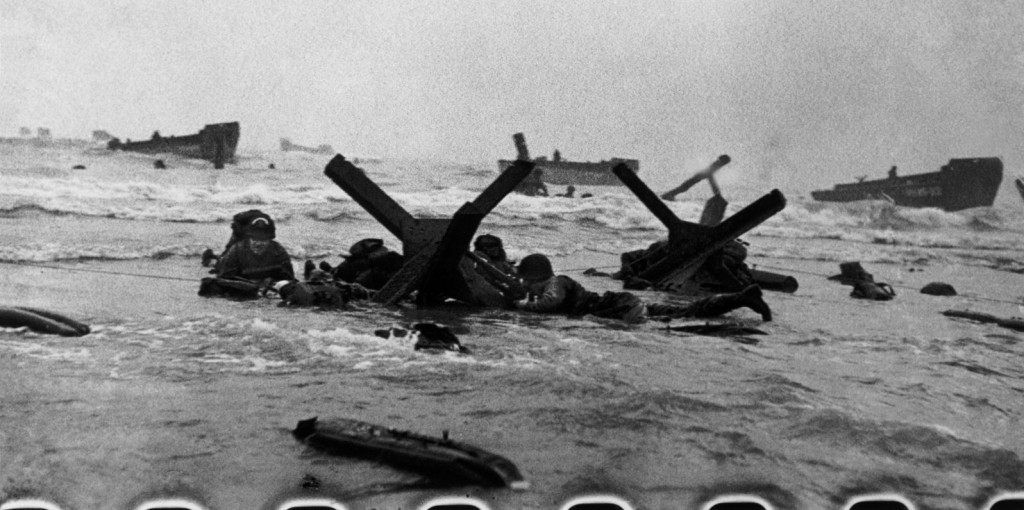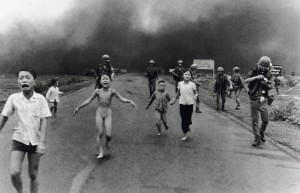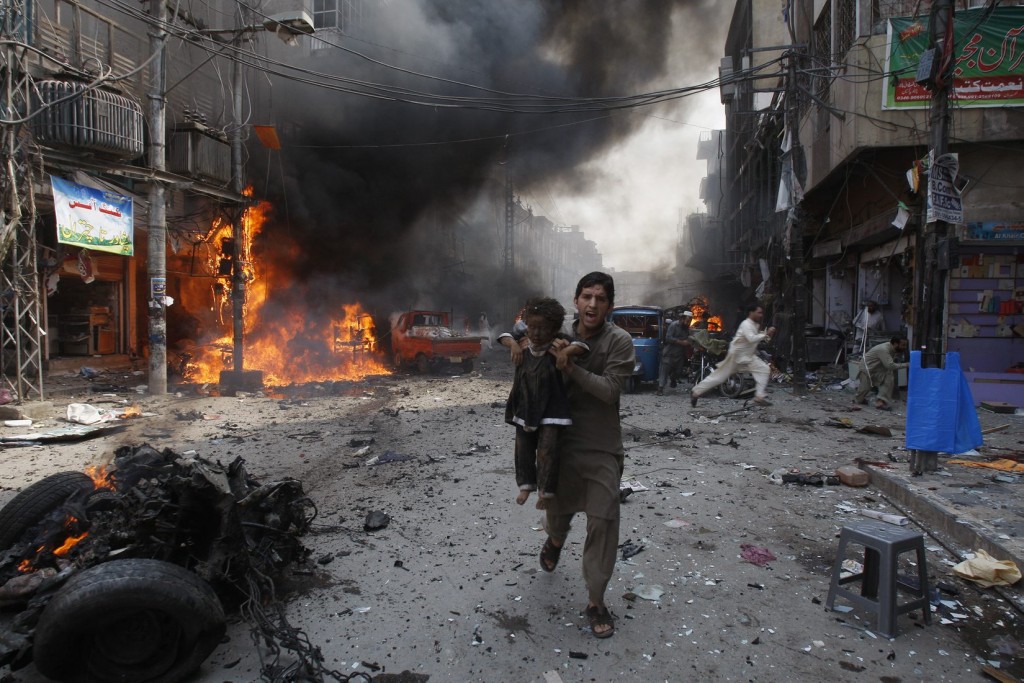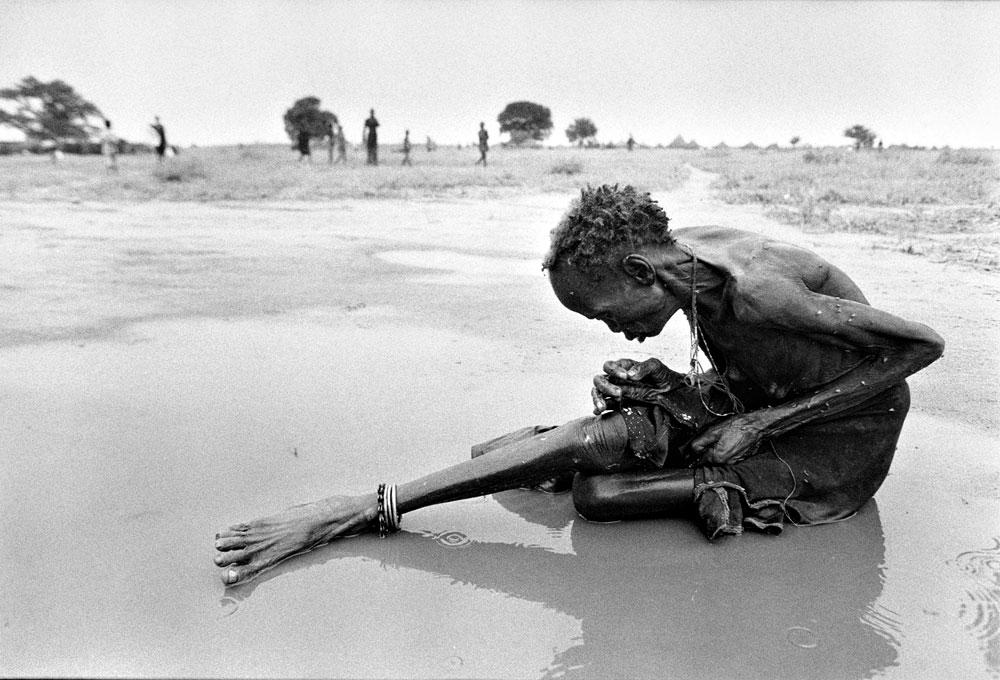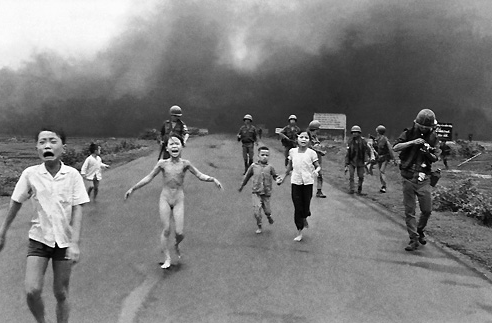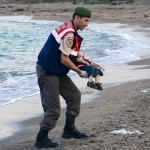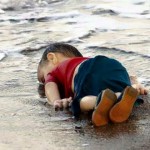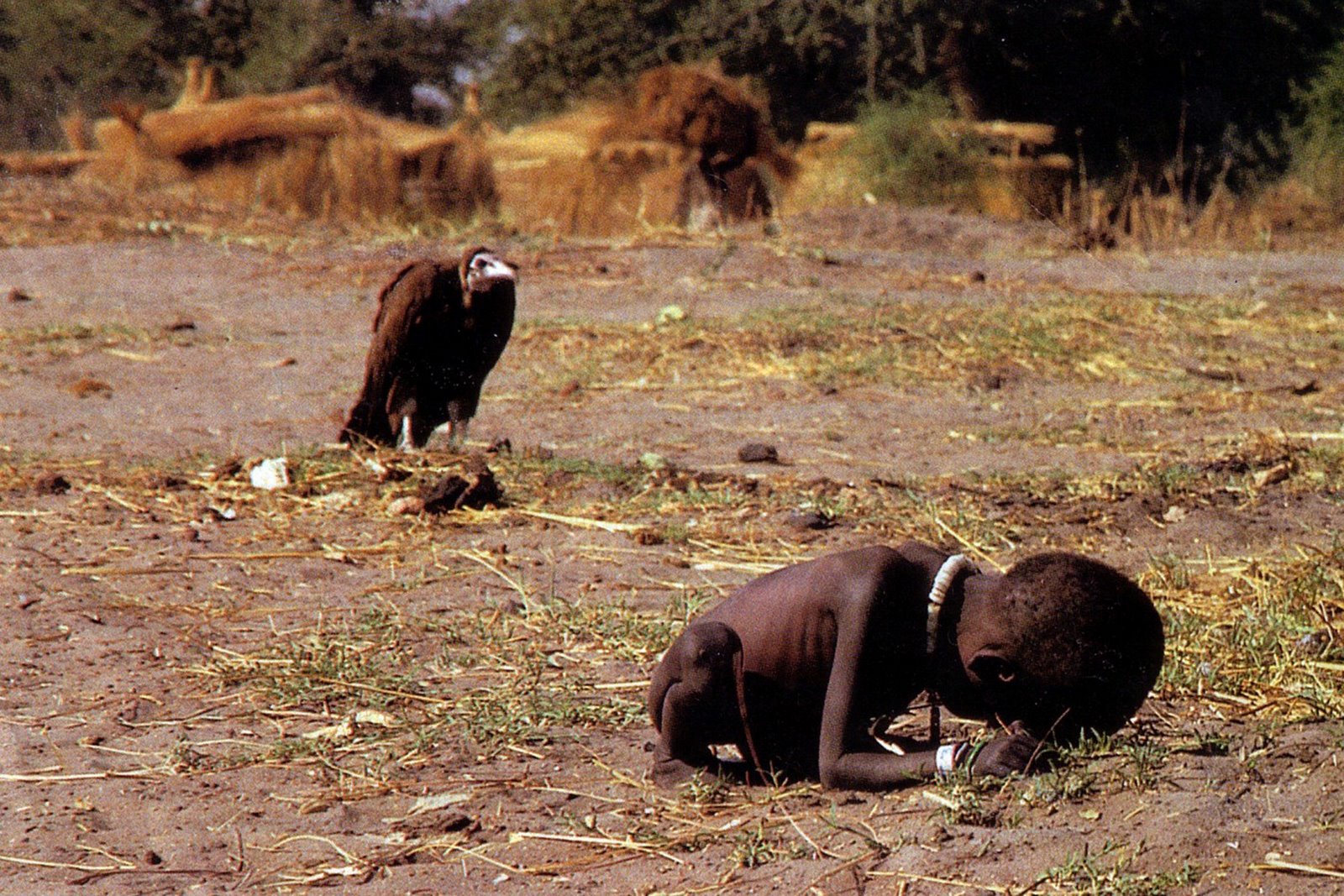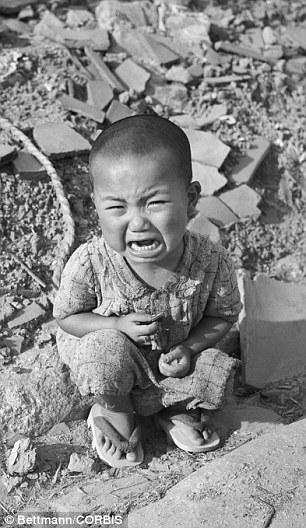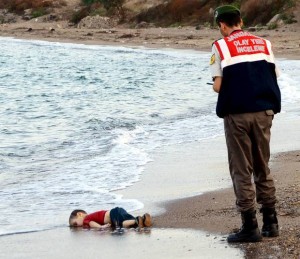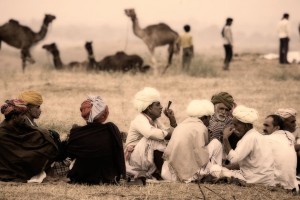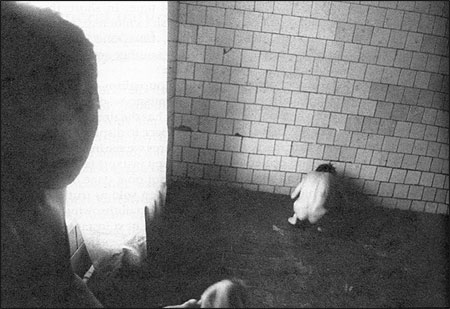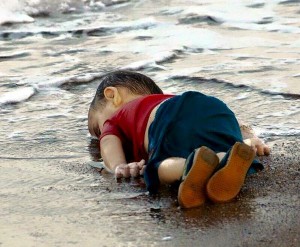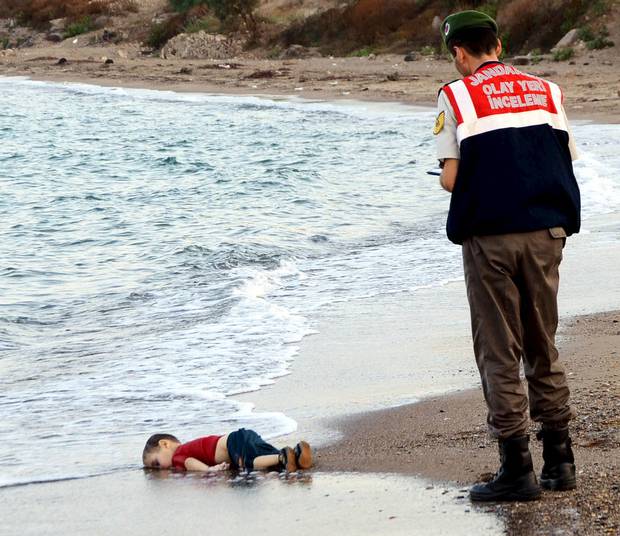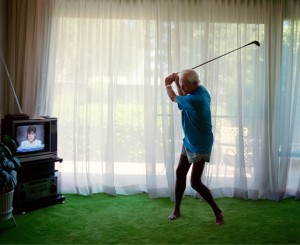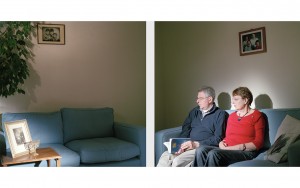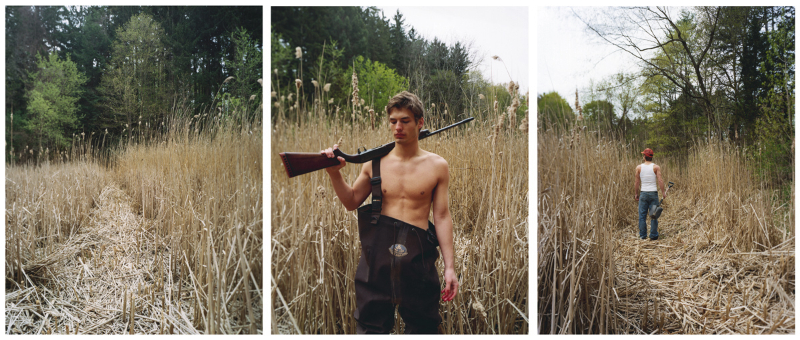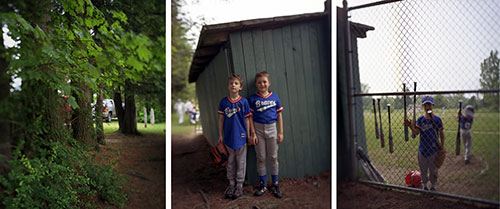Contextual Study: Your first task is to describe the genre of documentary photography. In class last Friday we discussed a few issues around aesthetic, moral and ethical considerations when you are depicting truth, recording life as it as and using your camera as a witness. We used current news images as case studies, such as the drowned Syrian boy (read article here) and to continue the debate I would like you to read the following articles when you are considering writing your response to the task on documentary photography.
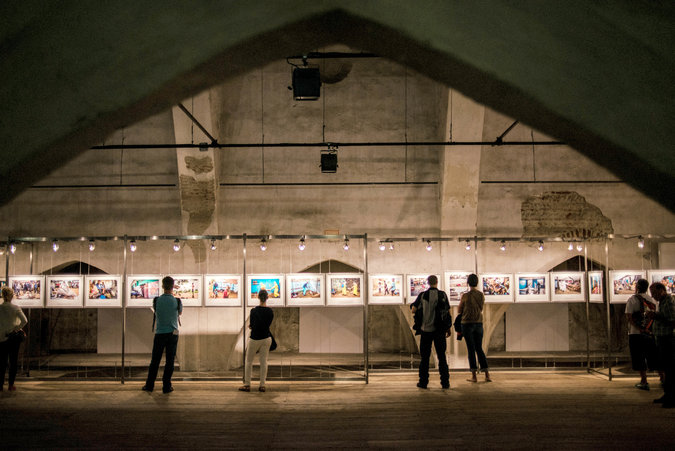
Currently, the International Festival of Photojournalism, Visa Pour L’Image is in Perpignan (South France) where a debate about ‘Standards and Ethics’ in photojournalism is raging. Here is an article published in New York Times yesterday which features different views on how much manipulation is acceptable in making images when you consider yourself a photojournalist. The debate is between staged photography and photojournalism claim to only bear witness.
Task 1: Read the article carefully, especially the views expressed by festival director, Jean-François Leroy, Lars Boering, Managing Director of World Press Photo and Canadian documentary photographer, Donald Webber who served as the chairman judging the Documentary section at the contest earlier in 2015. Consider the questions below and write a paragraph or two where you try and include direct quotes from the article and comment in your own words as a response. For further context, make sure you follow hyperlinks in the article to take you to other sites and comments.
Q1: Who sets the boundaries of what defines photojournalism?
Q2: When technology makes it so easy to manipulate images, how much manipulation is acceptable?
Q3: With viewers more sophisticated and skeptical than ever before, how can photojournalists preserve their integrity and maintain trust?
Link to NPPA (National Press Photographer’s Association) Code of Ethics. Compare views expressed in the article above with these.
Link to article about the photographer who took the photos of the dead Syrian boy where she speaks about why she took them.
Link to Visa Pour L’Image Festival website
Link to World Press Photo
Link to video where Donald Webber discusses judging images in last year’s World Press Photo contest
Link to article about controversial images made by Giovanni Trioli at this years World Press Photo context
Link to Giovanni Trioli’s website

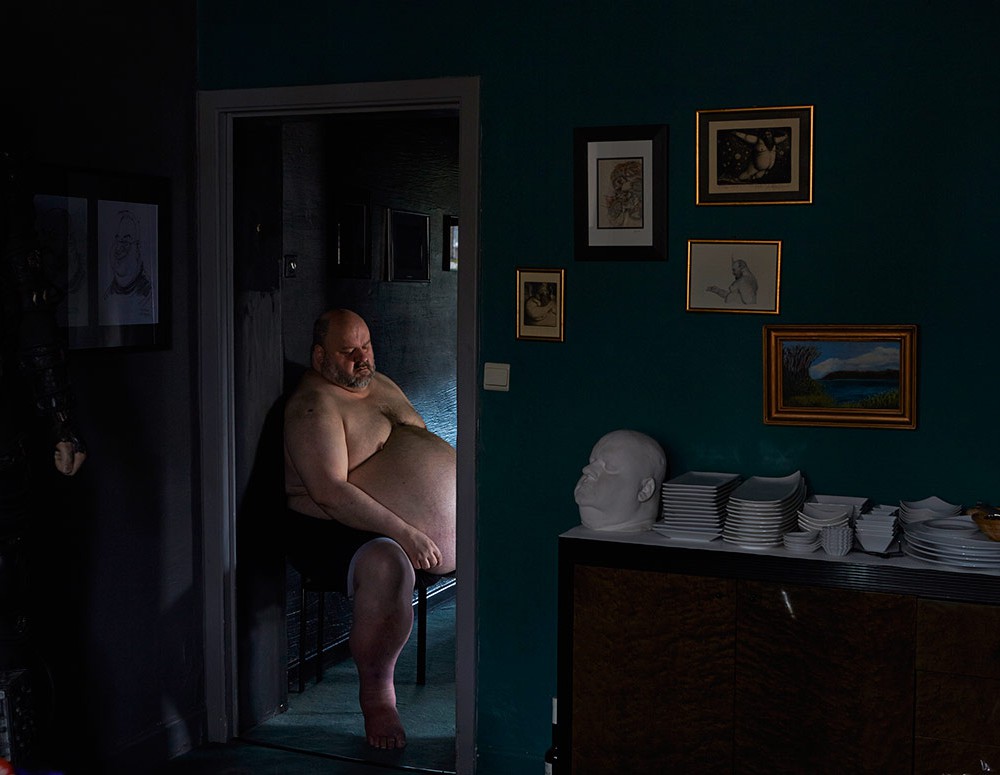
Last week we also discussed if photographs can change the world. Again we looked at a few examples, notably Nick Ut’s famous image from the Vietnam War.

Task 2: Consider if photographs can change the world or change people’s perception? Here is a a blog post by photographer and lecturer, Lewis Bush where he discuss the above in light of recent images of dead Syrian refugees in Europe. Include quotes in your answer.
Click here http://www.disphotic.com/photographs-wont-change-the-world/



